Irish AI Robot to Bring Social Media to Elderly
Stevie II, Ireland’s first socially assistive AI robot, will bring supportive technologies such as video calling and social media to elderly people and their caregivers.
Robotic engineers unveiled their invention in Trinity College Dublin yesterday during a demonstration at their Science Gallery. Stevie II is a successor to Stevie, a prototype assistance robot designed to work in assisted care facilities to help the elderly and those with disabilities.
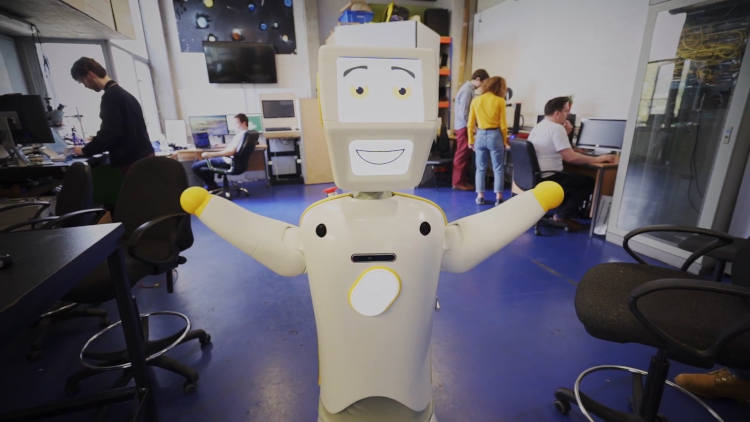
“Nursing homes face significant care challenges, especially during the night when caregiver-to-resident ratios are low. Our solution can perform several routine tasks, which will improve efficiency and substantially alleviate pressure on care staff during periods when the facility may be understaffed” said Conor McGinn, Assistant Professor in Mechanical and Manufacturing Engineering at Trinity.
Social Technology
Stevie II is much more mobile and dexterous than his predecessor. He can interact intelligently with his environment, utilising advanced sensing technologies including laser rangefinders, depth cameras, as well as tactile, inertial and vision sensors.

Additionally, Stevie II has WiFi and Bluetooth connectivity and a series of on-board computers that provide diverse features. The robot is anthropomorphic, with a ‘head’ and two hands. He can perform new functional tasks and has new enhanced expressive capabilities.
“We found from interviews and focus groups that seniors enjoyed interacting with Stevie. It being so expressive helped to humanise the technology in a way that surpassed our expectations” said Dr McGinn.
His ‘head’ interface provides social feedback to his co-workers, and now provides interfacing for video calling, smart sensors and social media. Sounds, lights, facial expressions, and body language allow him to communicate and respond to different interpersonal situations.
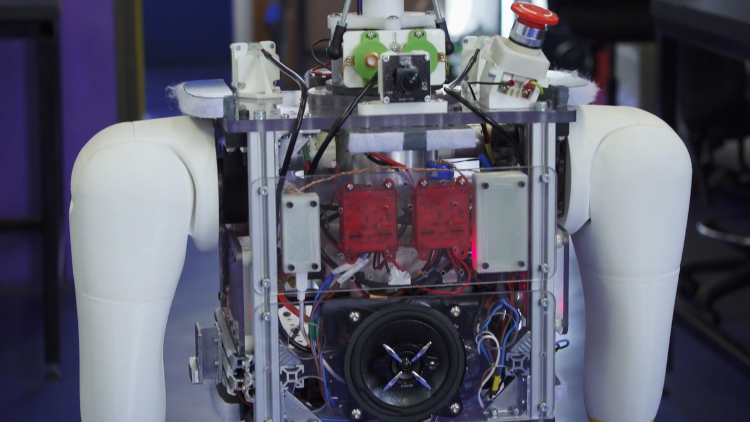
Stevie II interacts with the elderly, allowing them to turn on the television and control the lights. The Trinity team consulted with many experts during development, including nurses and caregivers, as well as elderly people living at home or in long-term care facilities.
“The social interaction that is possible with the robot brings many benefits. First, it provides a compelling way to reduce boredom and stimulate mental activity. It can have basic conversations with its users and play a series of simple games, and on a grander level, it can function as a control interface with many different types of technology” added Dr McGinn.
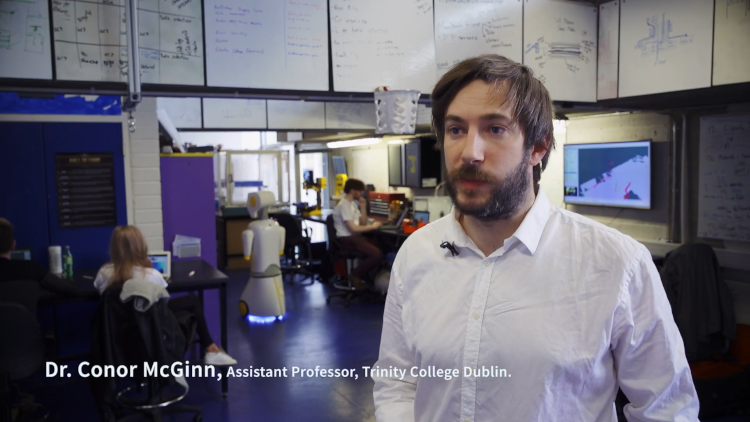
Caregiving Technology
Furthermore, Stevie II can perform some of the more mundane and routine tasks essential to caregiving, allowing caregivers to focus on the more personal parts of their job. He could even check up on the elderly, but still allow them to maintain their privacy.
Stevie II can remind the elderly to take their medication, regulate room temperatures and light levels, increasing comfort and reducing fall hazards. If a room sensor is triggered, the caregiver can take control of the robot and contact the emergency services.
Dementia rates will double in the next 20 years. Stevie II could be essential in providing care to those with dementia. He can check if the oven is off and interface with other such appliances, allowing sufferers to retain their independence.
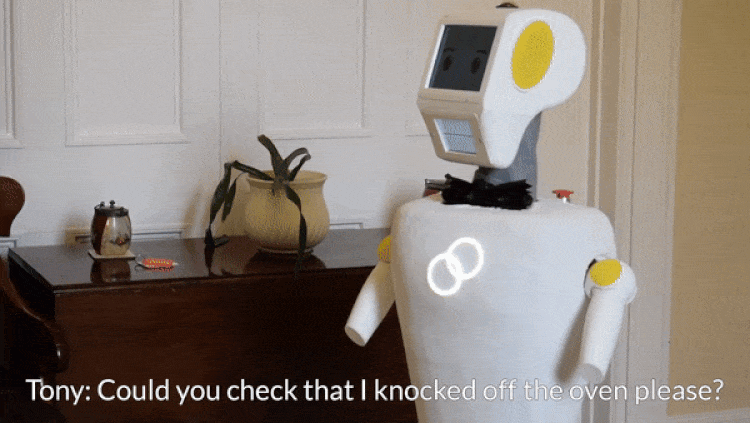
“None of this will mean we won’t need human carers anymore. Stevie won’t be able to wash or dress people, for example. Instead, we’re trying to develop technology that helps and complements human care. We want to combine human empathy, compassion and decision-making with the efficiency, reliability and continuous operation of robotics” said Dr McGinn.
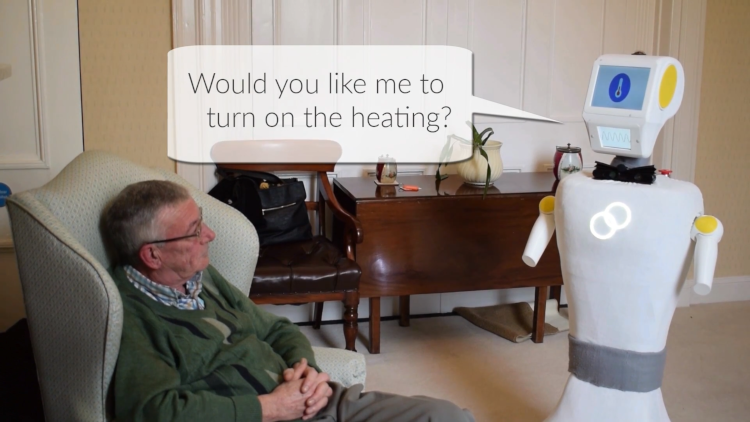
Caregiving is an extremely demanding job that suffers from low job satisfaction. It involves long, unsocial hours in workplaces that are frequently understaffed. Consequently, over 35% of US caregivers quit each year.
Universal Care
A criticism of Stevie II may be that mainstream products such as Amazon’s Alexa already allow people to control appliances with voice commands or notify caregivers in the event of a fall or accident. However, this technology is limited.
For example, Amazon’s Alexa operates and communicates with audio signals, making them inaccessible to the deaf, or those with speech issues. In the event of a fall, this person may be unable to they are unable to press an emergency call button on a wearable device.
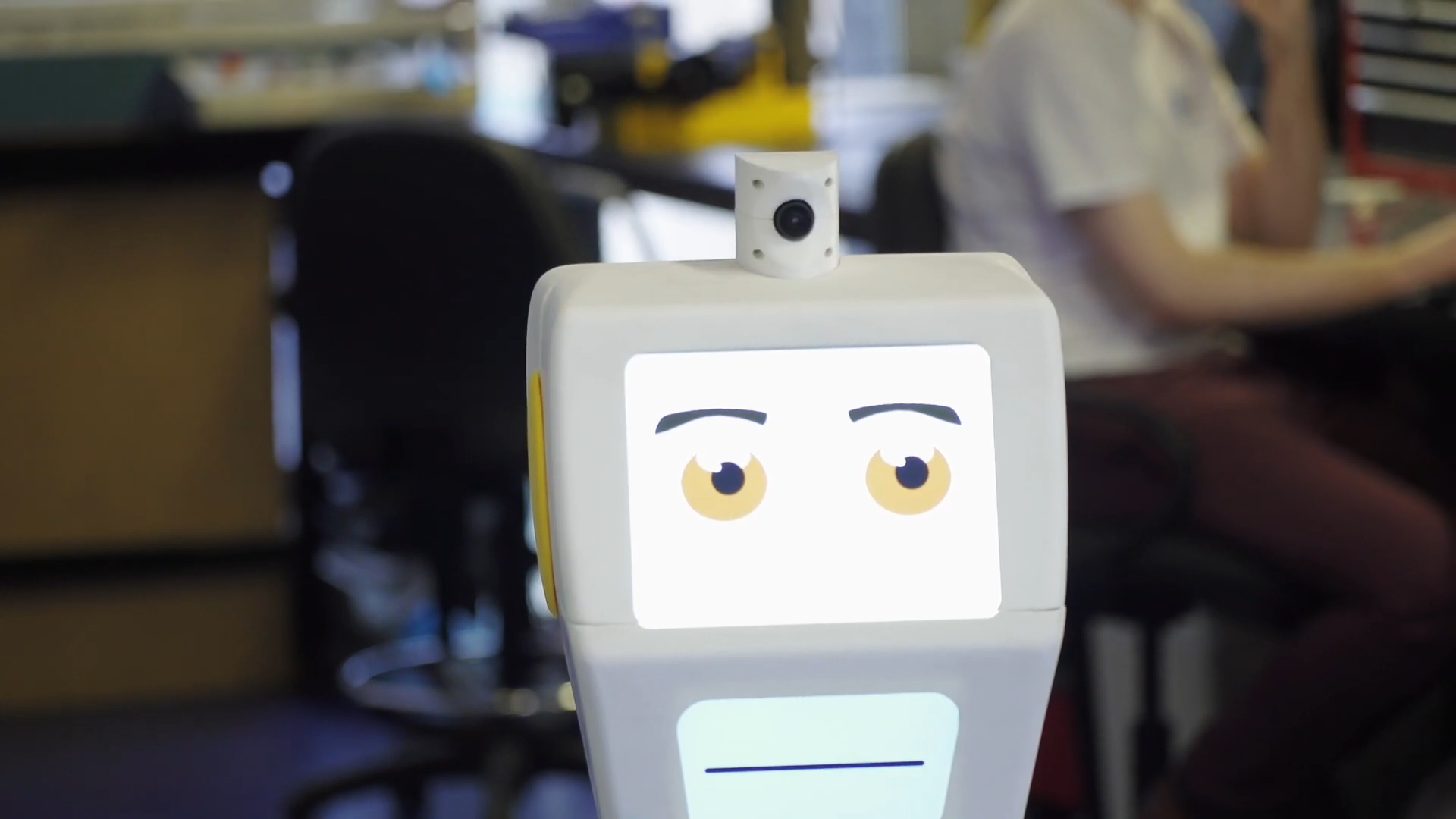
“Stevie overcomes these problems because it can communicate in multiple ways. It can talk, make gestures, and show facial expressions and display text on its screen. In this way, it follows the principles of universal design, because it is designed to adapt to the needs of the greatest possible number of users, not just the able majority” explained Dr McGinn.
ALONE
Trinity’s partners include ALONE, a national organisation that supports elderly people at home by providing technology like Stevie II. This technology allows older people to remain independent and socially connected. It empowers older people, friends, family, and health services.
AI robots such as Stevie II can forward human contact and augment human care. Collaborating with organisations such as ALONE has allowed the Trinity robotics engineers to gain continuous feedback as to how to improve the robot and add important features.
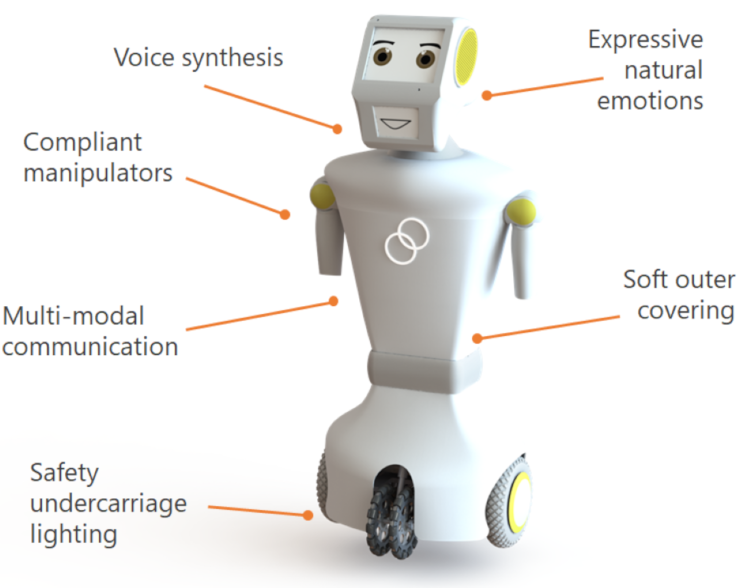
“ALONE has been delighted to partner with Trinity and to see how Stevie has developed since we first met in 2017. Often there is an assumption that older people and technology don’t mix, but the response to Stevie from the older people we work with shows that this is simply not the case. We hope that innovative solutions like those provided by Stevie and also by ourselves in ALONE through our BConnect technology will be utilised to ensure older people across the country can access the best supports available” said Seán Moynihan, CEO of Alone.
The team behind Stevie II are planning several more pilots of the technology, including a trial in the UK, where the robot will be tested in long-term care facilities. Funding is provided by Enterprise Ireland and the EPIC project. Stevie II is expecting his first permanent deployment in 2020.
[perfectpullquote align=”full” bordertop=”false” cite=”” link=”” color=”#4AC1A8″ class=”” size=””]Suggested Reading: The Futurist | Real Iron Man Technology[/perfectpullquote]
